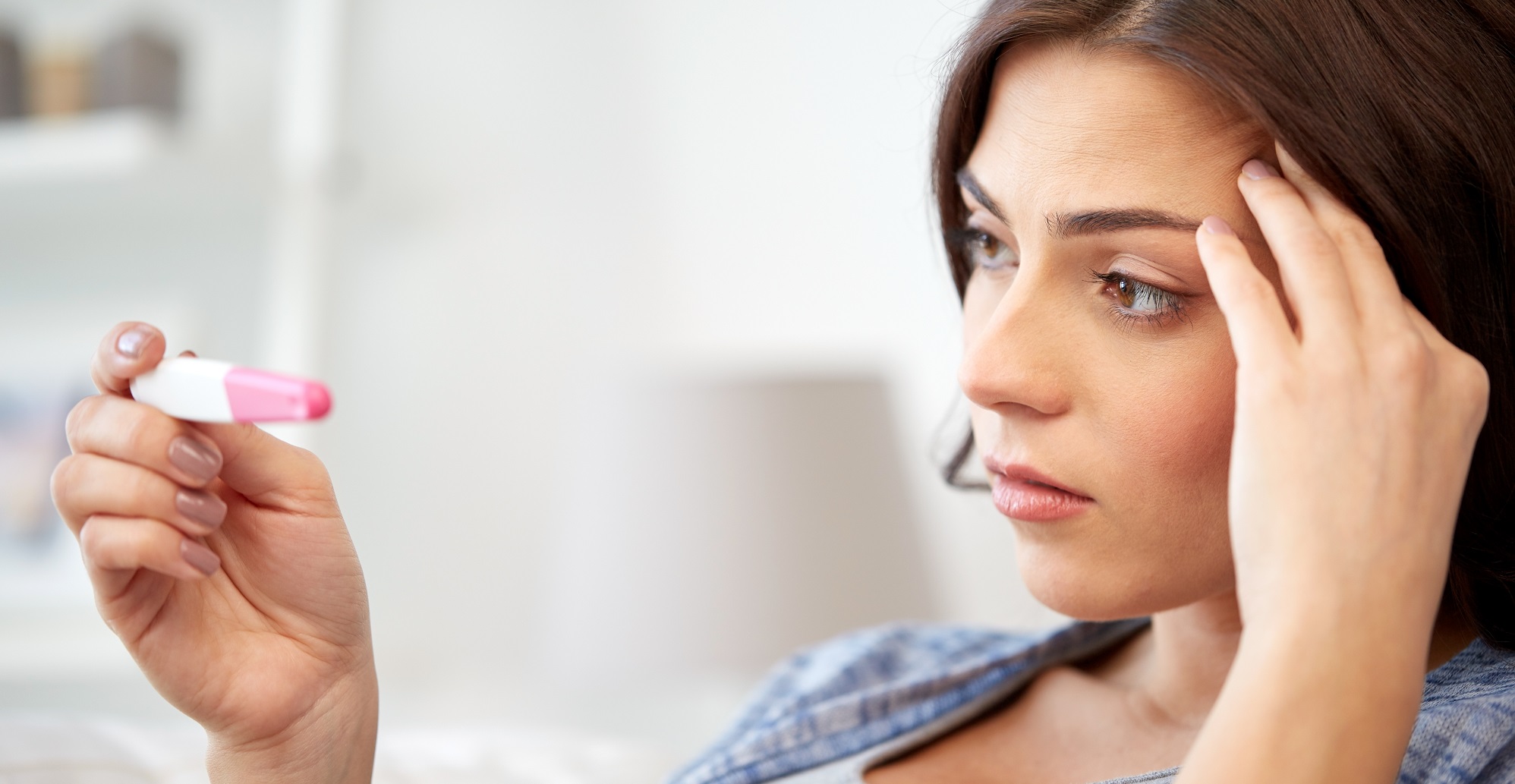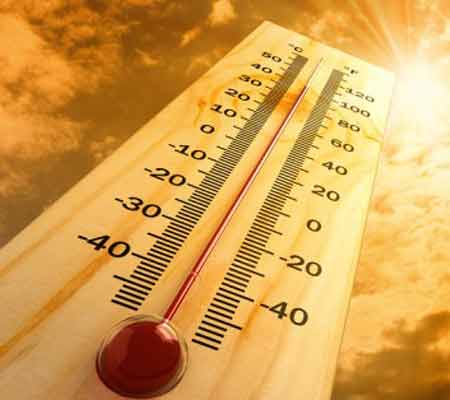
With the recent case of heat wave hitting some parts of Malaysia, it is important to understand what are the conditions or illnesses related to it.
First let us understand the physiology of sweating. The body normally cools itself under extreme or prolonged heat by sweating, in which the blood is rushed to the surface of the skin. The blood is then cooled via endothermic reaction that allows the sweat to evaporate.
Prolonged or intense exposure to hot temperatures can result in heat exhaustion, heat cramps, or heat stroke. Read the symptoms and what to do when one shows signs of having heat related illnesses.
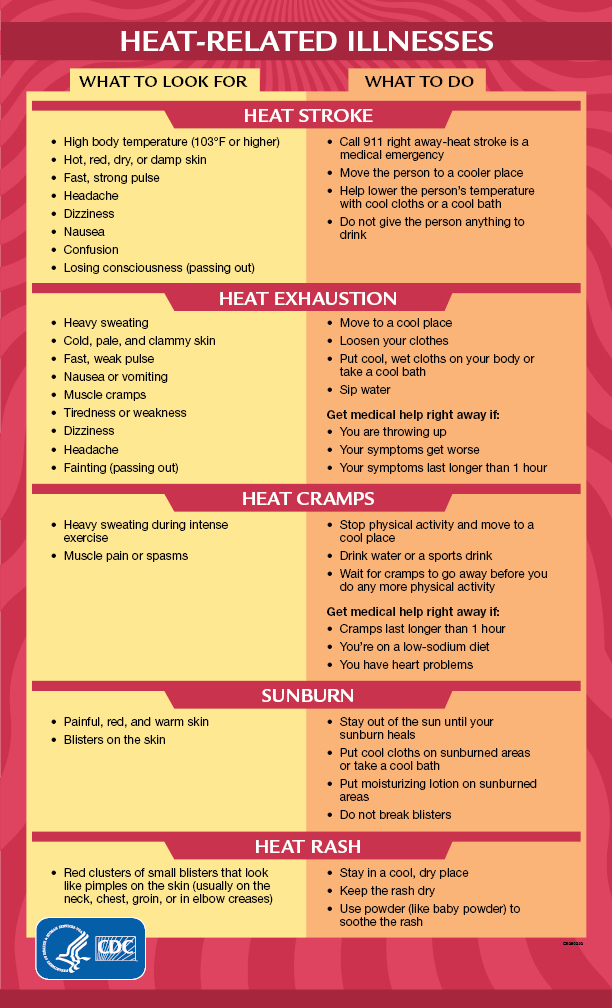
* Note: Call the emergency telephone number according to your country. Temperature unit conversion, 103 °F = 39.4 °C.
Here are some recommendations that we can do to cope with the current heat waves:
- Stay cool indoors. Stay in a fanned or air-conditioned place as much as possible.
- Schedule your outdoor activities carefully. Avoid being outdoors between 11am and 5pm.
- Apply sunscreen of ≥ SPF 15, wear a wide-brimmed hat, umbrella or sunglasses if you must go outdoors.
- Protect your children from direct exposure to the sun.
- Do not leave infants, children or pets in cars (even if the windows are cracked open). This is because cars can quickly heat up to dangerous temperature which can harm your loved ones.
- Wear lightweight, light-coloured, and loose-fitting clothes that are made from materials like cotton.
- Stay hydrated by drinking plenty of water.
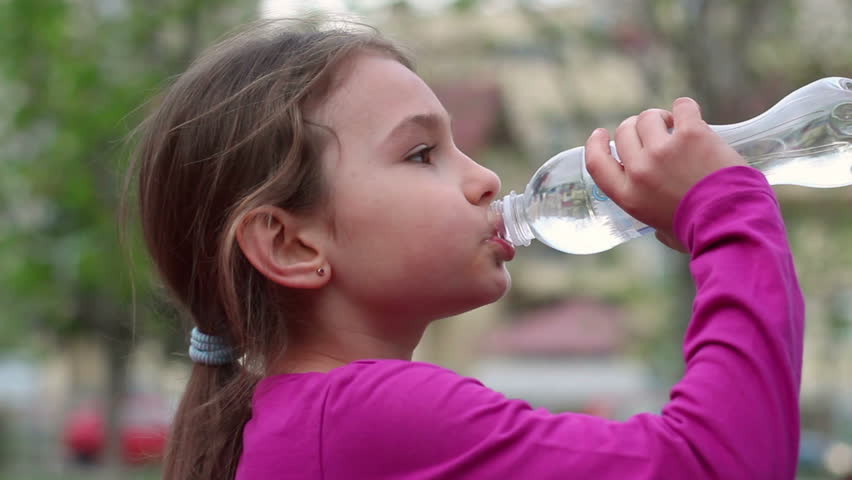
By reducing excessive exposure to extreme temperatures and taking other precautionary steps, heat related illnesses can be prevented.
References:
- Warning Signs and Symptoms of Extreme Heat | CDC
- Understanding Heat-Related Illness -- The Basics | WebMD
Image credit:
- https://stock.adobe.com/images/thermometer-in-the-sky-the-heat/33573048?prev_url=detail
- https://www.cdc.gov/disasters/extremeheat/pdf/Heat_Related_Illness.pdf
- https://www.shutterstock.com/video/clip-17339446-child-drinking-water-bottle-outdoor-young-girl





